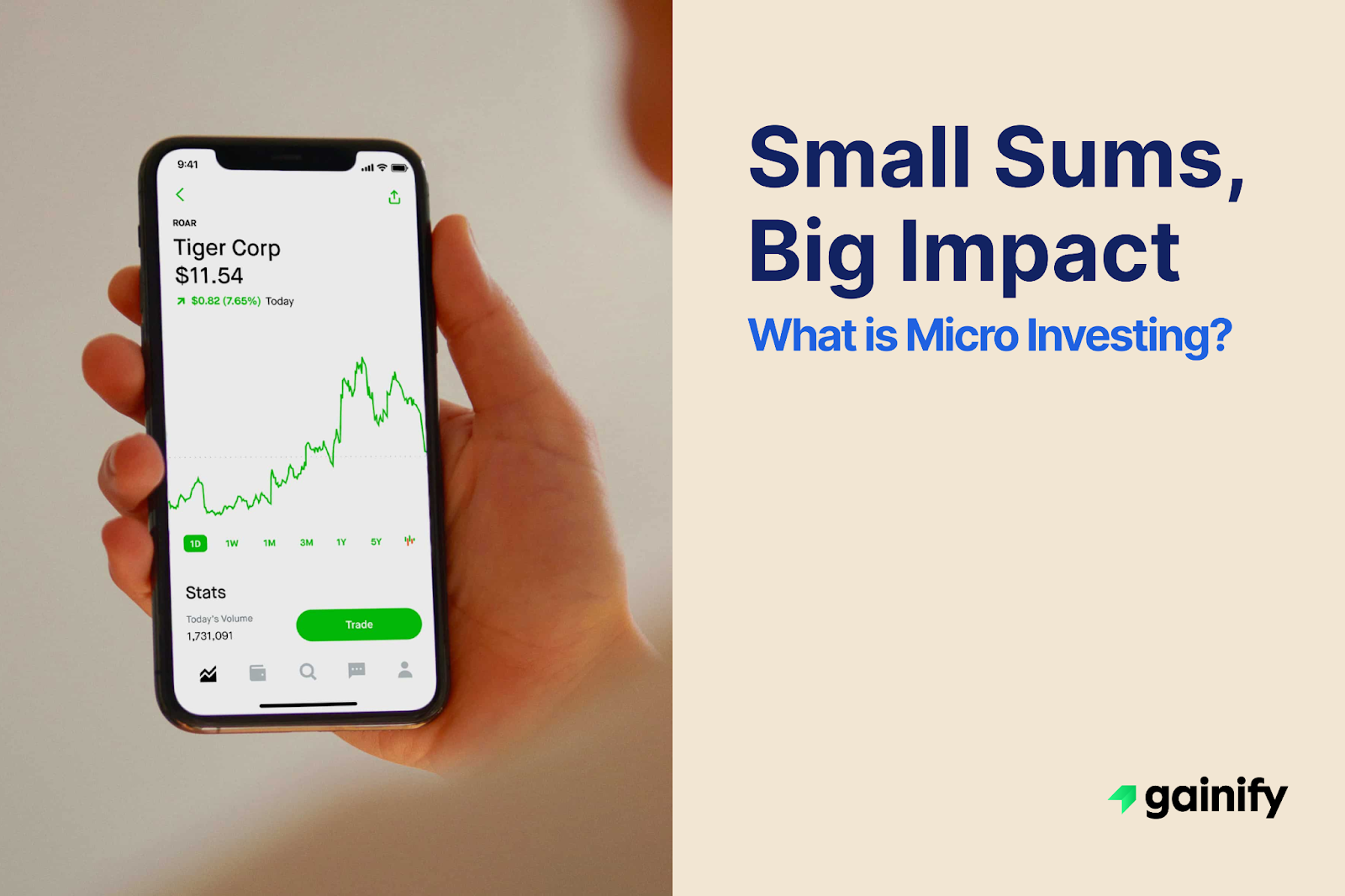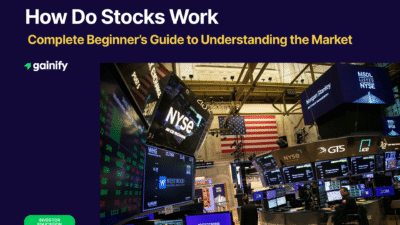When conversations turn to retirement planning, one phrase is almost always repeated: “START EARLY.”
For many, this advice sounds like a financial cliché. It is easy to dismiss it as something people say without thinking, especially when retirement feels decades away. Yet the reality is that this advice carries enormous weight.
Starting early with retirement investing is one of the most impactful financial decisions you can ever make.
The benefits of early investing extend far beyond simply having more time to save.
The real power comes from the mathematics of compound interest. Compounding is the process where your money earns returns, and then those returns begin earning returns of their own. Given enough years, this snowball effect can transform modest, consistent investment contributions into a very large nest egg.
Along the way, early investing provides other advantages too. You can contribute smaller amounts while still reaching your retirement savings target, you give yourself more flexibility to handle unexpected life events, and you create more breathing room in the face of market fluctuations or market swings.
For people just starting their careers, retirement can feel like a distant milestone. It might even feel unnecessary to plan so far ahead when immediate needs such as rent, student loans, and daily living costs take priority.
But the truth is that every dollar saved in your twenties can be worth many times more than a dollar saved in your forties or fifties.
The difference lies entirely in how much time that dollar has to grow within the retirement system. If you understand this principle and put it into practice with the right investment strategy, you set yourself up for a much more secure and less stressful retirement.
In the sections that follow, we will explore why investing early is so powerful. We will look at how compound returns work in detail, use clear examples to compare starting ages, and highlight real-world benefits such as tax benefits, and the ability to use different investment vehicles like mutual funds or exchange-traded funds. The goal is simple: to give you a clear, actionable understanding of why starting now is the smartest financial decision you can make for your future financial wellness and financial preparedness.
1. How Compound Growth Works
Compound growth is sometimes called the “eighth wonder of the world.” The concept is simple, but the results are extraordinary.
When you invest money, you earn a return. If you leave that return invested, it begins to generate returns of its own. Over time, you are not just earning on your initial contribution, but also on all the growth that has already occurred.
Take a common example. Fidelity shows that someone who invests 500 dollars per month starting at age 25, with an average annual return of 8 percent, could reach about 1.7 million dollars by age 65. That total includes only 240,000 dollars of investment contributions. The rest (more than 1.4 million dollars) comes entirely from investment growth.
Now compare that with someone who waits until age 35 to begin. They invest the same 500 dollars per month for 30 years, also earning 8 percent annually. By 65, they have just 745,000 dollars. The ten-year delay cost them nearly 1 million dollars, even though they invested 180,000 dollars compared to the early saver’s 240,000 dollars.
This difference illustrates how time transforms long-term investments. Every additional year multiplies the effect of compounding. Early years might feel slow, but in later decades the growth becomes exponential. The final years of compounding often produce larger returns than all the previous years combined.
2. Why Starting Early Reduces the Amount You Need to Save
Another important advantage of early investing is that it lowers the amount you need to save each month. Time does the heavy lifting, which means you can contribute less and still achieve the same or better result.
Consider two friends, Alice and Bob. Alice invests 500 dollars per month starting at age 25. She stops after just 10 years, contributing a total of 60,000 dollars. She never adds another penny. By age 65, she has more than 1 million dollars.
Bob, by contrast, waits until 35 to begin. He invests 500 dollars per month every single month until age 65. Over those 30 years, he contributes 180,000 dollars – three times as much as Alice. Yet at retirement, he still has less than Alice.
This example demonstrates a key principle. Time in the market matters more than the amount of money invested. For someone starting early, smaller monthly contributions are enough to build wealth. For someone starting later, the required savings rate can be so high that it feels impossible. Early investors often rely on retirement accounts like a traditional IRA or employer-sponsored plans that feature auto enroll and auto escalation to ensure steady saving habits.
3. Early Investing Provides Protection Against Market Volatility
Markets are not smooth. They rise and fall, sometimes dramatically. A sharp decline close to your retirement date can be devastating, because there is not enough time to recover before you need to start tusing your retirement benefit.
Starting early changes this picture. If you begin investing in your twenties or thirties, you have decades to allow the market to recover from downturns.
History shows that markets rebound after crises, but the key is staying invested long enough to capture that recovery. Early investors have the luxury of patience.
This cushion also reduces stress. Instead of worrying about every short-term fluctuation, you can focus on the long-term trend. By giving yourself time, you gain the confidence to stay invested through downturns rather than selling in panic. J.P. Morgan’s Guide to Retirement emphasizes that time in the market, not timing the market, is the most reliable way to manage risk.
4. Additional Advantages of Starting Early
- Tax benefits: Starting early allows you to maximize contributions to accounts like Roth IRAs and 401(k)s over many years, letting tax-deferred investments compound more effectively while reducing federal income tax obligations.
- Flexibility and risk capacity: Younger investors can afford to hold more growth-oriented assets such as stocks, which historically provide higher long-term returns. As retirement approaches, they can gradually shift toward safer assets, protecting purchasing power.
- Automation benefits: Beginning early with automatic contributions creates lifelong saving habits. This ensures steady investment management and reduces the chance of skipping contributions.
- Professional guidance: Starting early gives you more opportunities to consult a financial advisor or investment adviser for tailored financial planning and to explore the right investment tools.
5. Real-Life Example of a Young Investor
Let’s imagine a 22-year-old who invests just 100 dollars per month into a broad market index fund with an average annual return of 10 percent. By age 65, their portfolio would be worth about 857,000 dollars.
Now imagine they had started at 15 instead of 22. With only seven additional years of contributions, the final total grows to about 1.73 million dollars. The difference is not because they invested dramatically more, but simply because they gave their money extra time to compound.
This is why parents and grandparents who set up early retirement investment accounts for teenagers provide such a tremendous head start. Even modest amounts invested in youth can change the trajectory of financial independence decades later.
6. Practical Steps to Begin
- Start immediately with whatever you can afford. Even small amounts matter. Fifty dollars or one hundred dollars per month can grow meaningfully over decades.
- Maximize retirement accounts. Contribute to your employer 401(k), especially if there is a company match, and open a traditional IRA or Roth IRA if possible.
- Automate contributions. Consistency is more important than size. Automation ensures you never forget to save and prevents emotional decision-making.
- Reinvest dividends and interest. Let all earnings stay in the account so long-term investing works at full strength.
- Build a diversified investment portfolio. Use mutual funds, exchange-traded funds, and other investment vehicles to balance risk and growth.
- Rebalance occasionally. As you age, gradually adjust your investments to match your risk tolerance and financial goals.
- Increase contributions with income growth. As your salary rises, increase your contribution percentage. Even a one percent increase every year can create a large impact over time and improve financial security.
Conclusion
The advantage of investing early for retirement cannot be overstated.
It allows you to contribute less money while achieving greater results, gives you the protection of decades to ride out market volatility, and maximizes the benefits of compounding. Early investing also unlocks tax advantages, builds strong saving habits, and provides flexibility that late starters simply do not have.
If you are in your twenties or thirties, the single most important step you can take is to begin investing for retirement today.
Even modest contributions will have a profound effect on your future. If you are older, the next best time to start is right now, because every year counts. For those who start early, the rewards are especially powerful. Time is your greatest ally in building wealth. The earlier you put it to work, the stronger and more secure your retirement will be.



